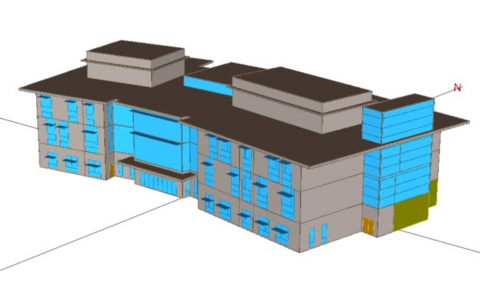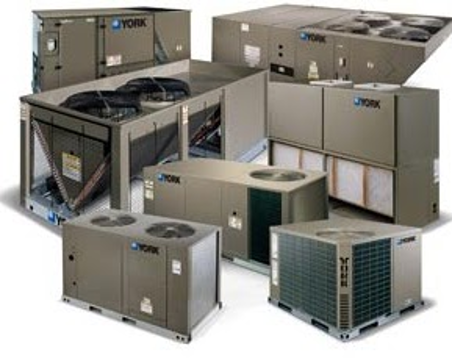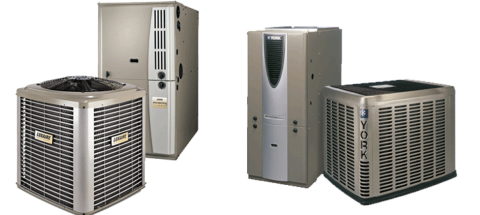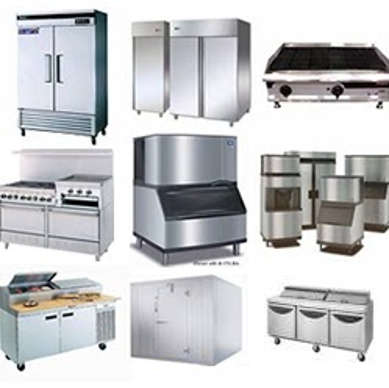Building Energy Assessment Tools
eQuest-Building Energy Simulation
The energy assessment team uses eQuest to comprehensively evaluate energy savings of building retrofit, such as adding building envelope insulation, upgrading heating/cooling equipment, and improving system controls.

Lighting Retrofit
According to U.S. Energy Information Administration, lighting energy consumption is the largest end use of electricity in commercial buildings. Therefore, lighting retrofit is a simple yet cost-effective energy conservation measure (ECM) in commercial buildings.
- Energy Efficient: LEDs use about 90% less energy thann incandescent and CFLs use about 75% less energy than incandescent.
- Lifespan: On average, incandescent light bulbs last 1,100 hours, CFLs last 8,000 hours and LEDs last 15,000+ hours.
- Light Bulb Saving Calculator was developed by U.S. EPA and DOE to estimate the energy consumption and operating costs of light bulbs.

Commercial Heating and Cooling Equipment
The following interactive online tools were developed by the Federal Energy Management Program or ENERGY STAR to estimate energy and cost savings of upgrading commercial heating and cooling equipment.

Residential Heating and Cooling Equipment
The following interactive online tools were developed by the Federal Energy Management Program or ENERGY STAR to estimate energy and cost savings of upgrading residential and light commercial heating and cooling equipment.
- Central Air Conditioner
- Electric and Gas Water Heaters
- Solar Hot Water System

Commercial Appliances
The interactive spreadsheet was developed by ENERGY STAR to estimate energy and cost savings of upgrading the following commercial appliances:
- Dishwasher
- Freezer
- Fryer
- Griddle
- Ice Machine
- Oven
- Refrigerator
- Steam Cooker

Cash Flow Opportunity Calculator
Developed by Energy Star, the Cash Flow Opportunity (CFO) Calculator can accelerate the installation of energy efficiency projects by addressing three critical questions about implementing these projects:
- How much new energy efficiency equipment can be purchased from the anticipated savings?
- Should this equipment purchase be financed now or is it better to wait and use cash from a future budget? (avoid paying interest)
- Will we lose money by waiting for a lower interest rate?
